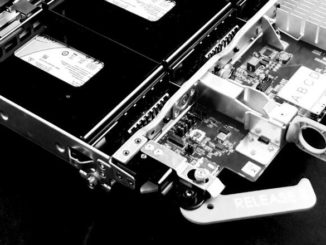
When POSIX I/O Meets Exascale, Do the Old Rules Apply?
We’ve all grown up in a world of digital filing cabinets. …

We’ve all grown up in a world of digital filing cabinets. …

Hyperconverged infrastructure is a relatively small but fast-growing part of the datacenter market, driving in large part by enterprises looking to simplify and streamline their environments as they tackle increasingly complex workloads. …

If thinking of NFS v4 puts a bad taste in your mouth, you are not alone. …

NVM-Express isn’t new. Development on the interface, which provides lean and mean access to non-volatile memory, first came to light a decade ago, with technical work starting two years later through a work group that comprised more than 90 tech vendors. …

The enormous amount of data being generated will do companies little good if they can’t more easily gather it from multiple sources, store it, analyze it and gain important insights into it that will help them drive better business decisions. …

The landscape of HPC storage performance measurement is littered with unrealistic expectations. …

Converged and hyperconverged infrastructure, those tightly integrated systems that bring together compute and storage into pre-tested and pre-configured stacks, continues to be in high demand from enterprises that are looking to rework their datacenters to become private clouds that can more easily and, in the long run, more cheaply host fast-emerging technologies like analytics, mobile applications, Internet of Things telemetry, virtual and augmented reality, and various software-defined infrastructure. …

Red Hat has been aggressive in building out its capabilities around containers. …

It is hard to remember that for decades, whether a system was large or small, its storage was intricately and inescapably linked to its compute. …

The era of Hewlett Packard Enterprise’s envious – and expensive – desire to become IT software and services behemoth like the IBM of the 1990s and 2000s is coming to a close. …
All Content Copyright The Next Platform